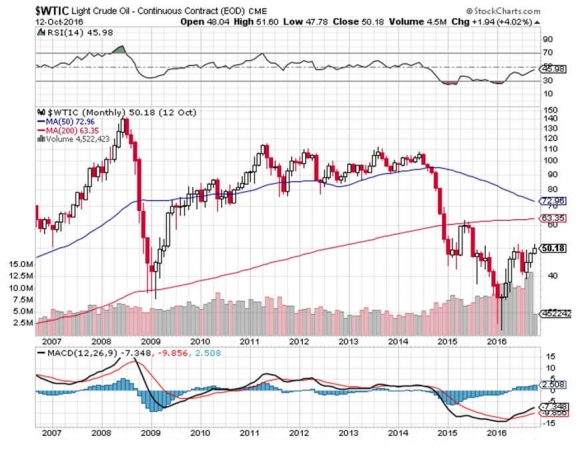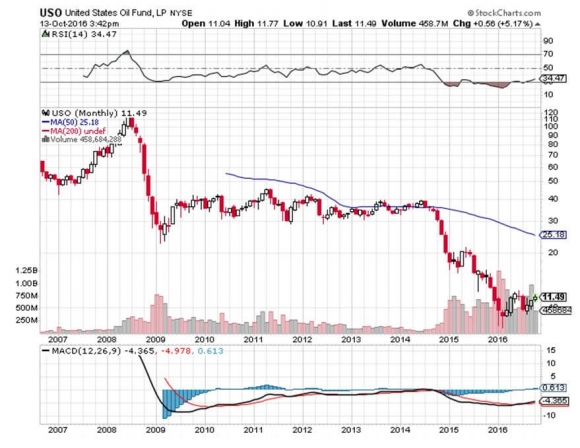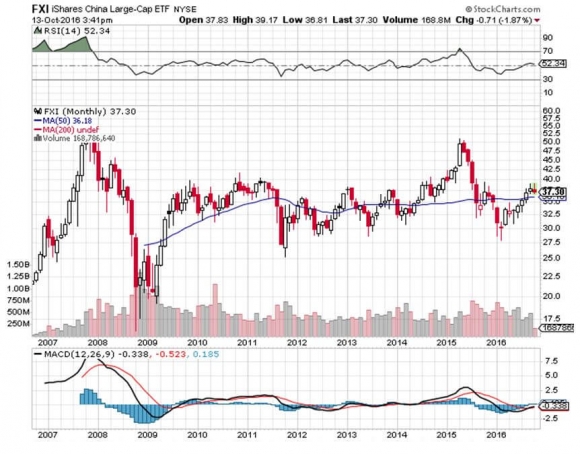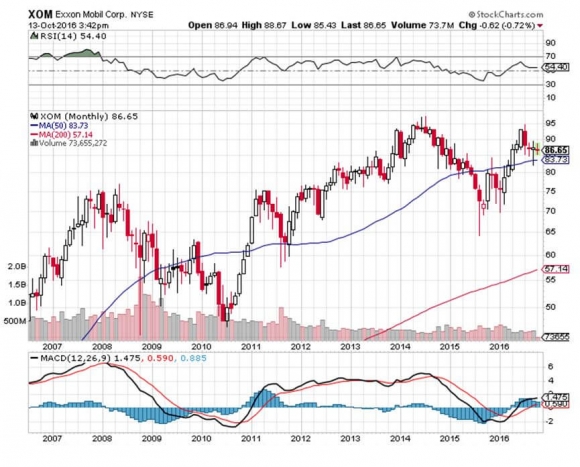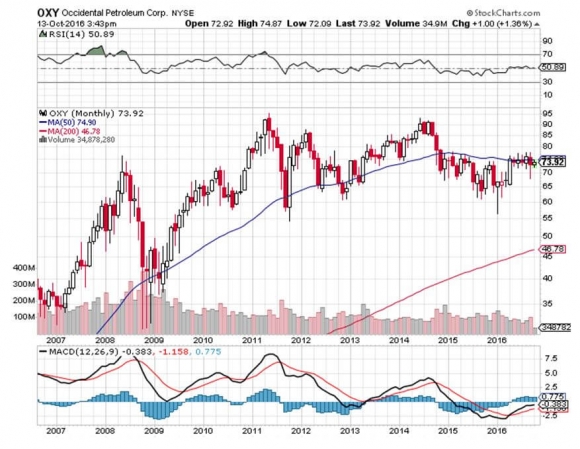I have been covering the energy industry for some 50 years.
As a teenager, I worked summers as a roustabout in Chevron?s Elk Hills Reserve in Southern California.
Then I spent a decade covering the Middle East, prospecting for Morgan Stanley. I got to know the Arabs when they were poor and barefoot, not wearing Gucci shoes as they do today.
I loved riding the long caravans into the desert, but never got used to eating those sheep's eyes. I am still picking fine sand out of every orifice from those days.
Investing in the new fracking technology in West Texas as a wildcatter in the late 1990s was a natural career progression for me. Since then, I have been trading various oil-related derivatives on a nearly daily basis.
So, it is safe to say I know which end of an oil well is up.
One of the best long-term predictions I have made during the nine year life of The Diary of a Mad Hedge Fund Trader occurred in 2013 when I predicted that an Iranian Peace deal with the US would lead to an immediate 50% drop in the price of oil (read more about that here Why You Should Care About the Iranian Rial Collapse).
I lied.
Crude fell by a staggering 83% from the 2011 top. We all got a monster windfall tax cut.
Intensive research and analysis enabled me and my subscribers to duck this collapse.
However, I believe that oil?s long tortuous nightmare is about to end.
But not for the reasons you might think.
The price of oil (USO) should maintain the current level or higher going into the end of 2016. I?m betting that it could reach $60 by the end of 2017 and $70 by the end of 2018.
The recovery will not be driven by the capping of production, as promised by the OPEC Vienna Meeting on November 30th.? Instead, it will be demand driven, primarily from China (FXI) and other emerging markets (EEM).
The Chinese economy is still growing at a 6% annual rate, and is now the largest creator of new GDP in the world. It is just emerging from a growth recession.
The Middle Kingdom has no real oil resources of its own. It did use the price collapse to fill its Strategic Petroleum Reserve.
So growth at current rates will demand that China start buying oil at current prices, primarily from the Persian Gulf.
Has fear of closure of the Straights of Hormuz kept you awake for the last 50 years, as it has for the Joint Chiefs of Staff and me?
You don?t need to worry anymore. It is now China?s headache, as they now buy 80% of the Gulf?s total output.
You know the ?War of the Dots? that is taking place in the South China Sea over those worthless coral atolls?
China?s sole interest is to extend their protection of the sea lanes to the Persian Gulf by just one day.
The great thing about this bold asset allocation call is that we are absolutely spoiled for choice of blue- chip energy investments which have been decimated by the crude collapse.
The oil majors are trading at a 25-year valuation low. The crude crash triggered a ferocious round of cost cutting at every firm, multiplying upside earnings leverage.
Dividend yields in the 4%-5% range are to die for.
If you want to go the "Seven Sisters" route, you won?t go wrong with Royal Dutch Shell plc (RDS-B), BP Amoco (BP) (6.71% dividend yield), or Chevron (CVX) (4.15%).
You can buy Exxon Mobil (XOM) (3.42%) if you want to take the lawsuit risk.
My favorite is California-based Occidental Petroleum (OXY) (4.13%), with which I have had a long-term relationship. They have no offshore risk. I knew Dr. Armand Hammer, but more on that another day.
I don?t think we?ll ever reach $100 a barrel in oil prices again.
For a start, American frackers are poised to unleash 1 million barrels a day or more in new production any time prices warrant it.
Electric cars and conventional cars with far higher mileage per gallon are finally starting to permanently erode US gasoline demand.
So what we may get is a new oil market that stabilizes around a $50-$70 range over the next three years.
That is a price that will keep consumers, producers, and investors all happy.
